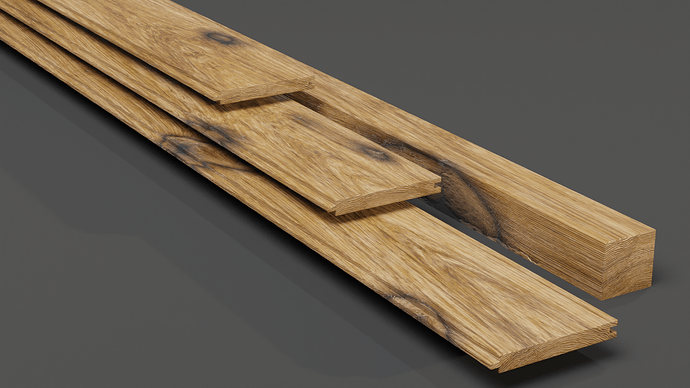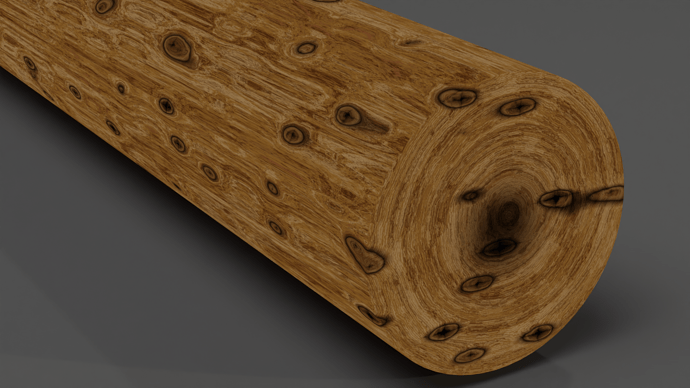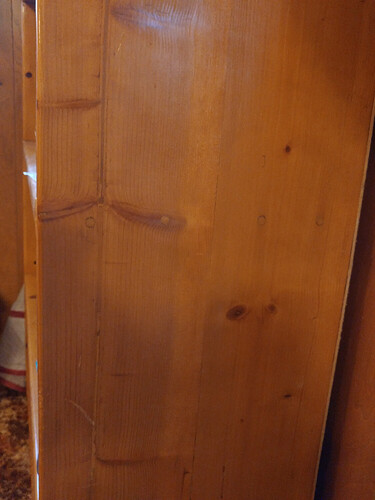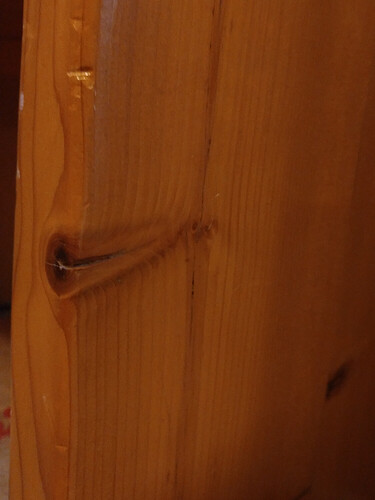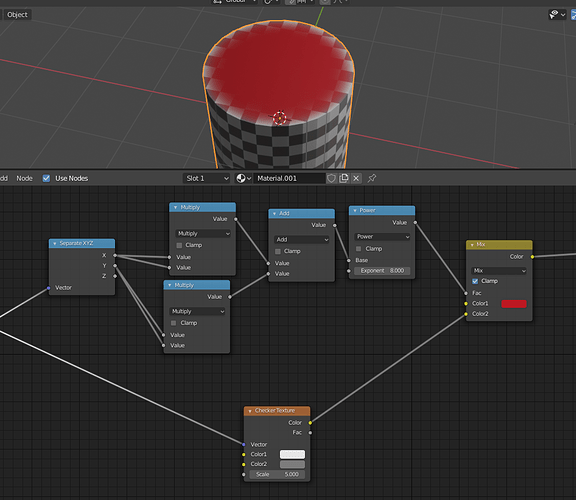I’m working on a procedural wood material.
It’s mostly done but I can’t get the knots right on the ring side of the wood,I’m trying to make the middle of the stump knots free.
I would appreciate an advise/feedback on the wood, thanks!
make 2 or 3 objects !
you should also be able to control how many knots you want
happy bl
Looks pretty good. The big problem with the knots is that your knots are sort of spherical, while real ones are conical-ish and radiate outward. For reference, here’s a board cut from the center of the tree:
I found this once, maybe it will be helpful.
i got an old knots file made with some UV map with spots
and also there is an OSL script to do that.
happy bl
thanks a lot, it’s great!
Thanks, do you know how to get that effect?
It depends on what your goal is…if you are going for realism I always recommend picking a specific type of wood because every wood is different. Knots form where the trunk of the tree grows around branches, which is why some wood has tons of knots (think of a pine tree with lots of branches up and down the trunk) and other don’t (like oak where there is plenty of wood below the growth canopy). I think what you want to try to replicate would be like if there were cylinders intersecting your main trunk. So like your main wood is a series of concentric cylinders, and then your knots are smaller concentric cylinders that stick into it. The knots in the image here seem like spheres or just circles, not cylinders.
I’ve tried this idea before and didn’t get the result I was after, but maybe you can make it work.
Otherwise, if you don’t care about true realism, then what I would suggest for your wood trunk there is to make a cylindrical texture that radiates from white to black, and then use that as the Fac for a Mix node between the wood and the knots - something like this, where the Red color is your wood, and the checker texture is your knots. This is the general idea:
Oops, sorry, I forgot about this! Basically, you remap the knot locations into cylindrical coordinates so they’re a radial vector instead of a point, and then scale the knot radius based on the distance from the longitudinal axis.
Here’s one way to do it seamlessly, with a 3D Voronoi texture sliced by a cylinder of radius 1.0 (the normalize node):
This also shows a simple way to make the curvature seen in real knot spikes, controlled with the “slope” and “curve” parameters.
Thank you so much!
I’ve been trying to achieve that result for over two weeks
